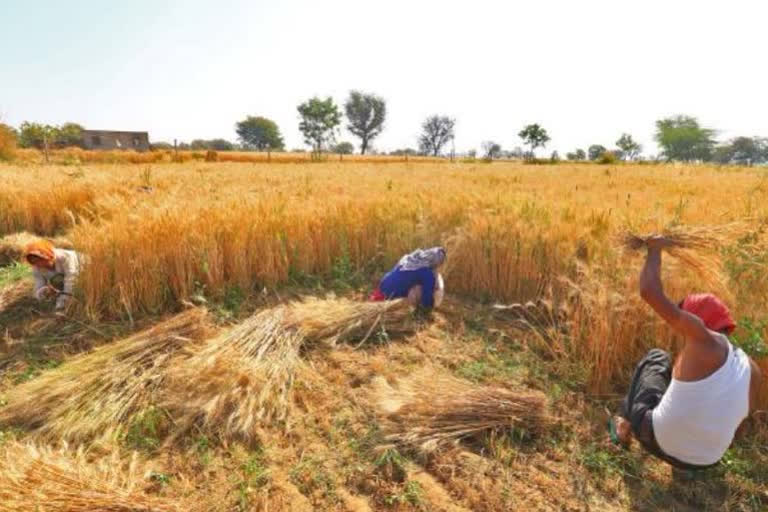Hyderabad: The new research by The Food and Agriculture Organization of the United Nations (FAO) reveals that small family farmers produce a third of the world’s food. The new research focuses on the contributions of farmers who own fewer than two hectares of agricultural land.
Five of every six farms in the world is smaller than two hectares, operate only around 12 percent of all agricultural land, and produce roughly 35 percent of the world's food, according to a study published in World Development.
Smallholders' contributions to food supply vary enormously between countries, with the share as high as 80 percent in China and in the low single-digits for Brazil and Nigeria. The analysis highlights the importance of improved and harmonized data to obtain a more granular and accurate picture of agricultural activities for policymakers.
In 2014, a flagship report from FAO calculated that nine out of 10 of the world's 570 million farms were family farms and produced around 80 percent of the world's food. The new research titled "Which farms feed the world and has farmland become more concentrated?" aims to clarify the prevalence of farm sizes.
Read: India Rating revises down GDP growth forecast to 10.1%
The updated estimates are that there are more than 608 million family farms around the world, occupying between 70 and 80 percent of the world's farmland and producing around 80 percent of the world's food in value terms.
The new research teases out estimates of farm size: around 70 percent of all farms, operating on just 7 percent of all agricultural land, are less than one hectare, while another 14 percent of farms, controlling 4 percent of the land, are between one and two hectares, and another 10 percent of all farms, with 6 percent of the land, are between two and five hectares.
The largest one percent of farms in the world - greater than 50 hectares - operate more than 70 percent of the world's farmland, with nearly 40 percent of agricultural land found on farms larger than 1000 hectares.
Why knowing about farm size matters
Such precisions matter for international organizations and policymakers aiming to develop public policies and investments to support family farming, to increase the productivity of smallholders and improve rural livelihoods, as endorsed by the United Nations Decade of Family Farming 2019-28. They also help improve awareness of the state of medium and large-scale farms whose role is also critical to achieving Sustainable Development Goals 1 (eradicating poverty), 2 (achieving Zero Hunger), 10 (addressing inequalities) and 12 (achieving more sustainable production patterns).
To be sure, large regional variations highlight the importance of general levels of economic development. Farm size generally increases with average national income levels, with 99 percent of farms in high-income countries larger than five hectares compared to only 28 percent in low-income countries.
Regional and local factors are also illuminating. Smallholdings occupy a much larger share of agricultural land than the global average in regions such as South Asia and sub-Saharan Africa.
Farm size does not always correlate with the production of specific commodities. For example, in Mongolia, farms not owned by households but organized as business units and organizations account for 90 percent of wheat production.
In Tanzania, there are only a handful of large farms occupying only 7 percent of agricultural land, but they are responsible for 80 percent of the country's wheat output and 63 percent of its tea.
Likewise, changes in farm size must be grasped in the local context. An increase in medium-scale farms in Zambia, for example, appears to be attributed to salaried urbanites rather than smallholders increasing the land under their control.
Interestingly, there has been an increase in the number of smallholdings in Brazil and the United States of America - both agricultural powerhouses - even though the share of cropland controlled by large farms has increased.
Whether that reflects growing inequality or a boom in locally sourced and consumed foods warrants further study, the authors say.
Read: 'Will remove misleading info on COVID-19 vaccines': Twitter



